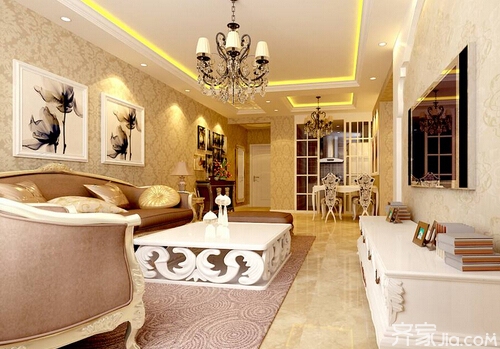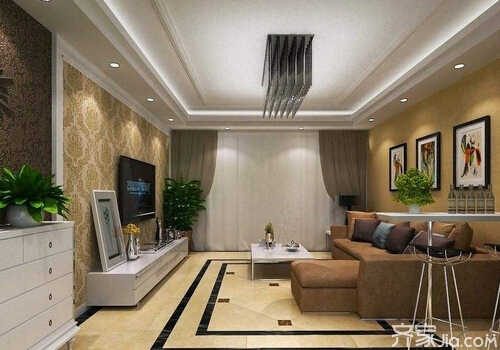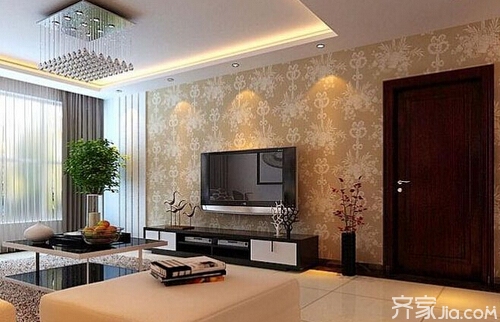
| First, the treatment of the old wall |
1. Powdered old walls cannot be pasted directly on the surface of the wallpaper.
2. Sprinkle water on the surface and use a spatula to scoop the paint layer and the chalky layer. Note: To shovel a wall, you can use a wallpaper knife to form a spider-like square. The darker the better, the smaller the square, the better.
3. Brush the interface agent or varnish once you have shoveled it.

4. Level the wall with plaster or putty (there is a large wall with cracks. Put a layer of fabric before you can putty).
5, polished smooth, smooth after brushing the base film.
| Second, the treatment of hair embryo house |
The newly built embryo house uses a waterproof putty to flatten the surface, and the grass-roots structure is relatively strong without the need to eradicate. The yin and yang angles can be straightened, polished, and brushed on the base membrane. In the individual southern regions, the embryos in the south are mostly shaved with white cement. This base layer cannot be directly affixed with velvet fiber wallpaper and metal wallpaper, and must be putty after scraping.

| Third, the concrete and plaster surface treatment |
1. The water content in the base layer of the wall is not more than 8%.
2. Strong grassroots, no pan-alkali, empty drums, and crisp pines, with pantothenic sites neutralized with 9% aqueous acetic acid, and rinsed with clean water.
3, holes, cracks plastered with plaster (too much cracks to be posted white cloth).
4, putty 2-3 times dry polished smooth.
| Fourth, plasterboard surface treatment |
1. Use self-tapping screw caps for anti-rust paint to prevent rust.
2. Fill up the seams and fix the eyes with water-adjusted gypsum with white latex.
3. After drying, apply bandages at the joints.
4, Putty 2-3 times, dry and smooth after grinding, smooth, straight yin and yang angle.
5, brush base film again.

| Fifth, the surface treatment of wood base |
1. The moisture content of wood base layer is not more than 12%.
2. The surface of the wood base should be smooth, free from dust, dirt, etc.
3. Use a thin paint brush to prevent the wood fiber from swelling with water.
4. There are nail caps on the wooden surface. First, the nail caps sink into the wooden table and point anti-rust paint.
5. Fill the seams with putty and wait until it's dry. Use latex: water = 1:1 to mix putty, scrape 1-2 times.
6. Grind the surface with sandpaper and brush the base film over the surface (the proportion of different base films in the putty is different).
Note: The surface of the wood is smooth, flat, and absorbent, and the wallpaper can be pasted by thin varnish on the surface.
Summary: After reading so much information about the wallpaper's grassroots processing, we also have a lot of understanding about the wallpaper's grassroots processing. If you also want to paste wallpaper on your home wall to learn more about some related knowledge, the technology is not mature. Don't do it yourself, but it's best to look for professionals.
Bathroom decoration wallpaper paving three trees paint wallpaper paint cement coating
Indoor Lighting,Interior Lights,Wall Lights Indoor,Led Interior Lights
Foshan Nanhai Pinming Electrical Appliance Co.,Ltd , https://www.mavcadonf.com